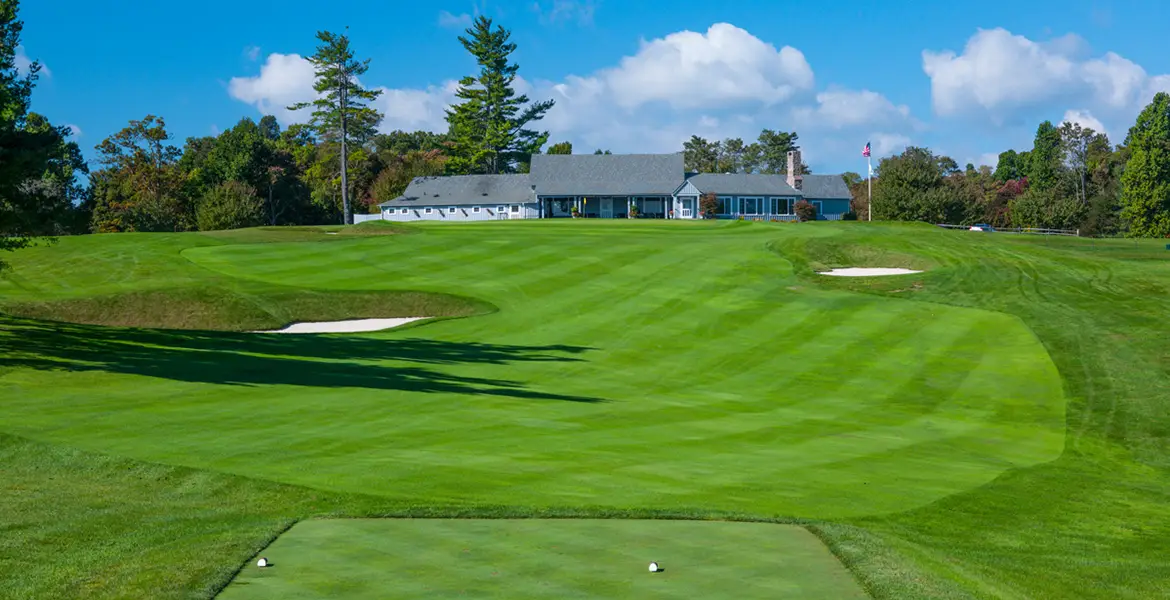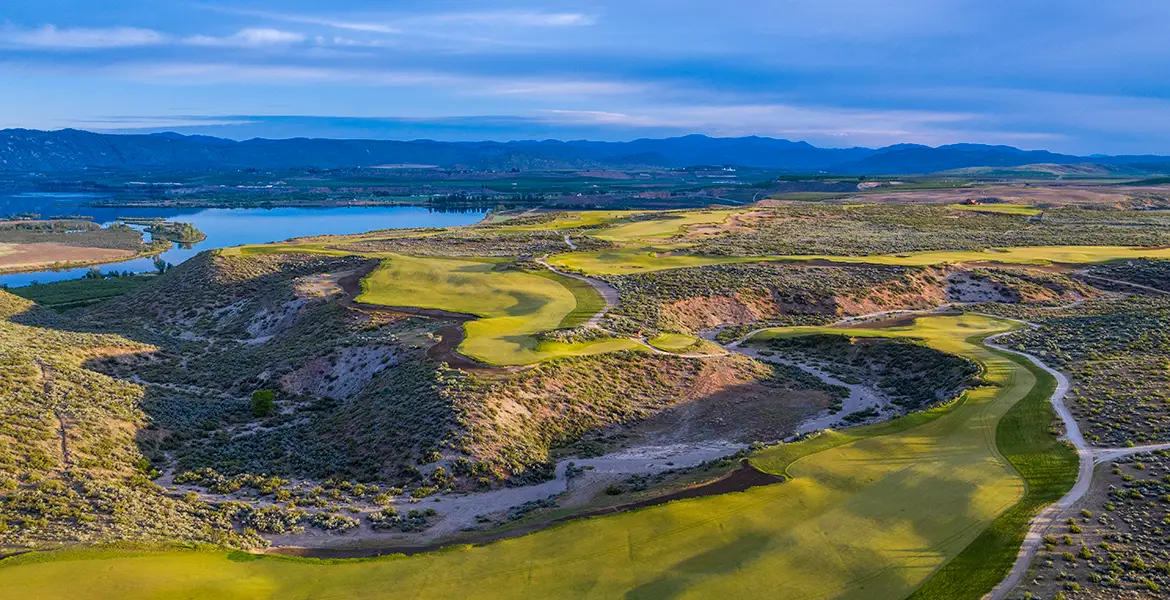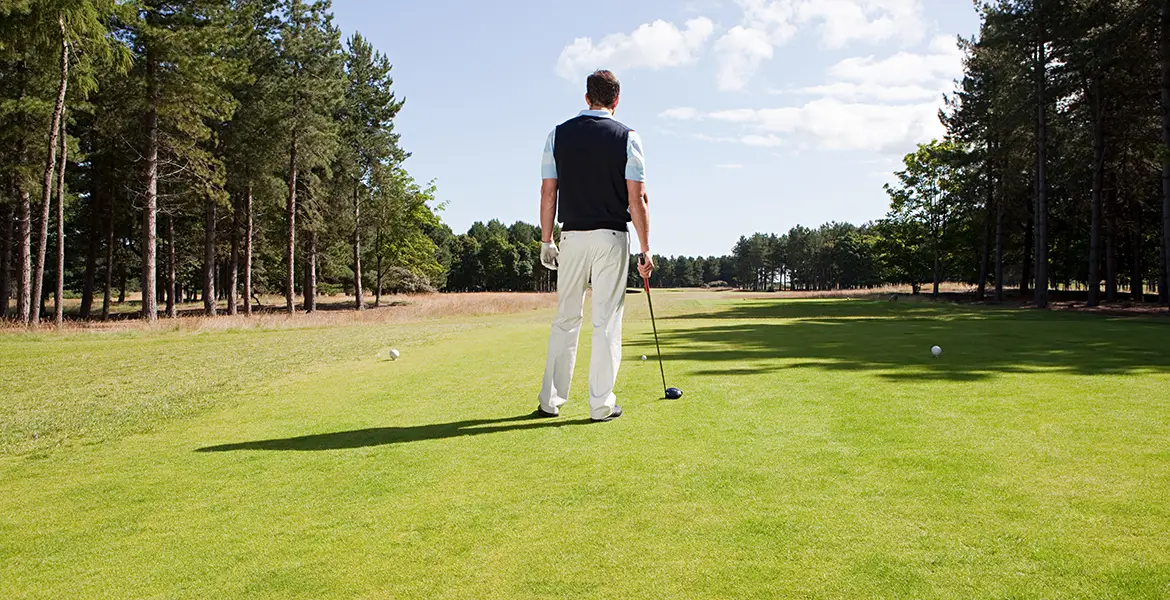In a storied career that has netted nine major championships and more than 100 victories worldwide, Gary Player fashioned plenty of great golf shots under the fiercest pressure. With this year’s PGA Championship fast approaching, I can’t help recalling the greatest of these shots I ever witnessed—one that earned him the 1972 PGA title in the gathering gloom of a rain-soaked evening at Oakland Hills.

Striving for his second PGA win, Player slept on a one-stroke lead that Saturday night. But in his final-round pairing with Phil Rodgers, he immediately opened the door by dropping strokes at three of the first four holes (though he did hole a 25-foot birdie putt at the second).
Playing far ahead of Player, 60-year-old Sam Snead made the first run at him by going out in an amazing 32. After 11 holes Snead was but one shot off the lead, shared at the time by Player, Ray Floyd and Billy Casper at 1 over par. Alongside Snead at 2 over were Rodgers, Tommy Aaron and the portly-but-stylish Jim Jamieson.
With birdies at the 11th and 12th holes, Jamieson mounted the most meaningful challenge, but he began to collapse at the 16th hole. About that same time, Player holed a five-foot birdie putt at the 11th to tie Jamieson, but Gary soon hooked his drive at the long par-4 14th, leading to a bogey that had him talking angrily to himself.
The 15th is a dogleg-left par-4 with a bunker smack in the middle of the fairway within driver range. All week long, practically the entire field—including Player—laid up short with 3-wood. But this time Player was so pumped up, he sent his 3-wood tee shot skipping through the wet grass and into the sand. After his second shot found the greenside bunker to the right, his recovery was superb, stopping 15 inches from the cup—but he unaccountably missed the tiddler and made bogey again.
For once I thought I detected panic in Player’s eyes as he walked to the tee at the 16th, a lovely par-4 that doglegs at a right angle around a lake to a shallow green backed by a quartet of bunkers. Continuing his skid, Player sliced his tee shot in the now-teeming rain behind (and seemingly too close to) a grove of weeping willows, into rough trodden down by the galleries.
To be sure memory served me right, I recently consulted the 1972 edition of the late Mark McCormack’s annual tome, “The World of Professional Golf,” and was taken aback to find my own name in print. The account of Player’s round states, “Rodgers told British writer Ben Wright later that Gary was so discouraged over that tee shot, he was talking like he had already blown the tournament.” And indeed, that’s how I remember it.
Despite the circumstances, Player didn’t back down. Standing 150 yards from the flagstick, he needed a 9-iron to clear the trees. Gary did not hit a 9-iron 150 yards—until now. He smashed the ball skyward and took off running, emerging from the trees just in time to see his ball pull up four feet from the hole.
By now poor Jamieson had bogeyed his final three holes, and with the birdie at No. 16 in hand, Player was able to par the 17th and 18th for a two-stroke victory over Jim and Aaron, who had closed with a 71 for a 3-over-par total 283.
It was the sixth major title for the little South African, who pound for pound is surely the best golfer-athlete of all time. As had been the case throughout his distinguished career, his doubters were silenced by another epic win. His most recent major victory had come at Carnoustie in the 1968 British Open; after the subsequent four-year drought, a few so-called experts opined that majors were now out of his reach. Clearly, he proved to be anything but finished.






